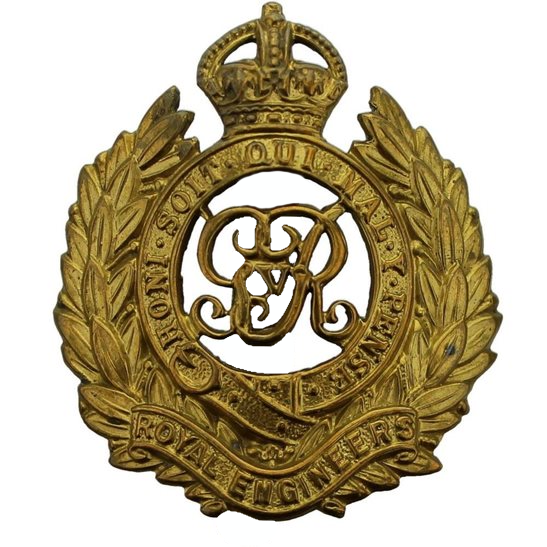Personal Details
Born: In 1867 in Hartfield, Sussex.
Family: He was the youngest of at least five children born to John Slater, an agricultural labourer and his wife Jane. Frederick did not marry.
Residence: In 1871 he and his family were living at Kent Waters, Cowden, Sevenoaks, Kent. By 1881 they had moved to Cullinghurst Cottage, Hartfield, Sussex. He enlisted in the Royal Engineers in 1885 and in 1891 he was living in the barracks at Aldershot, Hampshire. In 1901 his address was Diglake, Tilstock, Shropshire. In 1911 he was living with his brother at The Bungalow, Higher Heath, Whitchurch, Shropshire. This was the address given for him on his enlistment in 1915. He was still living in Higher Heath at the time of his death in 1922.
Employment: In 1901 he was an electrical engineer but by 1911 he was a nurseryman. This continued to be his occupation until his death.
Died: 25 May 1922 in the Wem District of Shropshire, aged 56.
Military Details
Regiment: Royal Engineers
Rank: Lance Corporal
Service Number: 86871
Date of Enlistment: 24 March 1915
Date of Discharge: 9 July 1917
Reason for Discharge: No longer physically fit for war service
Other Information: Frederick had joined the Royal Engineers on 15 January 1885 and three years later he was sent to Egypt. Whilst there he was awarded the Khedive Star and the Egypt medal. He later became a theoretical instructor at the Chatham School of Army Signals. He served for 12 years before being discharged.
Frederick was awarded the Campaign Medals (1915 Star, British War medal and Victory medal) and the Silver War Badge (number 209580)

The 1914 Star (also known as 'Pip') was authorised under Special Army Order no. 350 in November 1917 and by an Admiralty Fleet Order in 1918, for award to officers and men of the British and Indian Expeditionary Forces who served in France or Belgium between 5 August and midnight of 22–23 November 1914. The former date is the day after Britain's declaration of war against the Central Powers, and the closing date marks the end of the First Battle of Ypres.
The 1914–15 Star (also known as 'Pip') was instituted in December 1918 and was awarded to officers and men of British and Imperial forces who served against the Central European Powers in any theatre of the Great War between 5 August 1914 and 31 December 1915. The period of eligibility was prior to the introduction of the Military Service Act 1916, which instituted conscription in Britain.
The British War Medal (also known as 'Squeak') was a silver or bronze medal awarded to officers and men of the British and Imperial Forces who either entered a theatre of war or entered service overseas between 5th August 1914 and 11th November 1918 inclusive. This was later extended to services in Russia, Siberia and some other areas in 1919 and 1920. Approximately 6.5 million British War Medals were issued. Approximately 6.4 million of these were the silver versions of this medal. Around 110,000 of a bronze version were issued mainly to Chinese, Maltese and Indian Labour Corps. The front (obv or obverse) of the medal depicts the head of George V. The recipient's service number, rank, name and unit was impressed on the rim.
The Allied Victory Medal (also known as 'Wilfred') was issued by each of the allies. It was decided that each of the allies should each issue their own bronze victory medal with a similar design, similar equivalent wording and identical ribbon. The British medal was designed by W. McMillan. The front depicts a winged classical figure representing victory. Approximately 5.7 million victory medals were issued. Interestingly, eligibility for this medal was more restrictive and not everyone who received the British War Medal ('Squeak') also received the Victory Medal ('Wilfred'). However, in general, all recipients of 'Wilfred' also received 'Squeak' and all recipients of The 1914 Star or The 1914/1915 Star (also known as 'Pip') also received both 'Squeak' and 'Wilfred'. The recipient's service number, rank, name and unit was impressed on the rim.

The Silver War Badge was issued in the United Kingdom and the British Empire to service personnel who had been honourably discharged due to wounds or sickness from military service in World War I. The badge, sometimes known as the "Discharge Badge", the "Wound Badge" or "Services Rendered Badge", was first issued in September 1916, along with an official certificate of entitlement.

